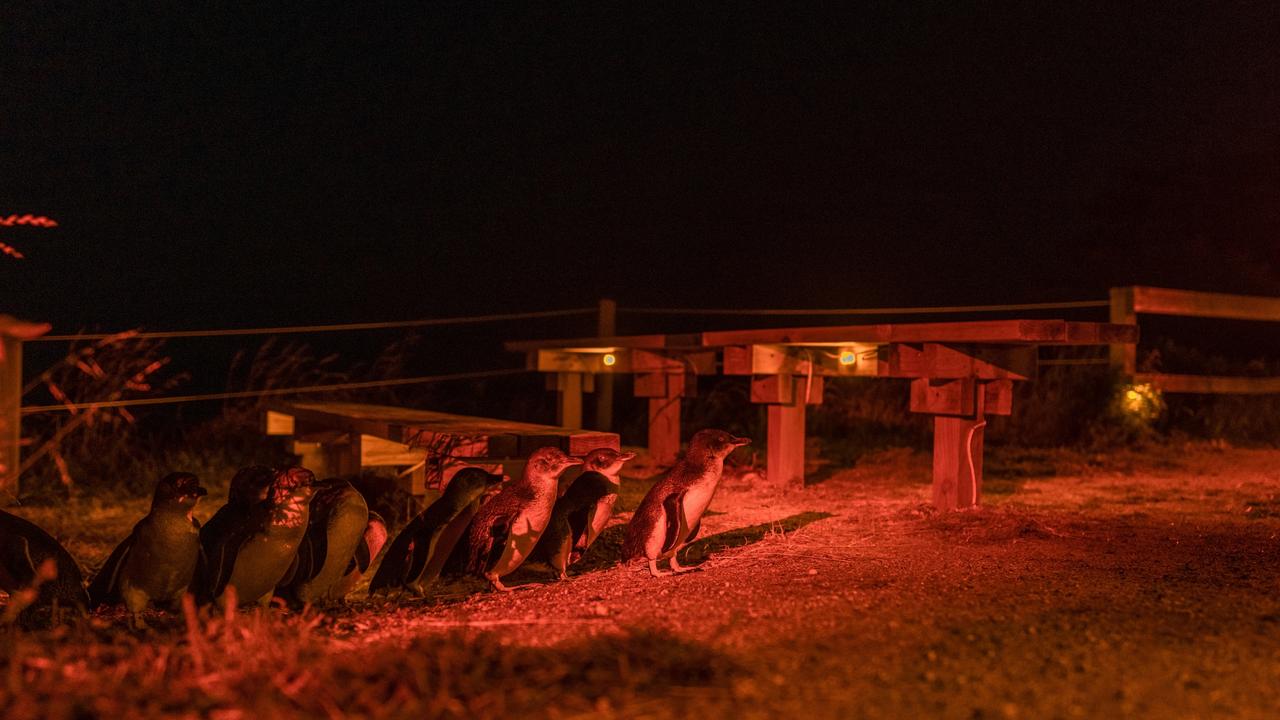CSIRO’s RV Investigator’s longest voyage provides groundbreaking work to unlock climate clues
The Australian marine research vessel underwent its longest voyage yet after setting out from Hobart in January. They’ve now returned with important clues into a globally pressing issue.
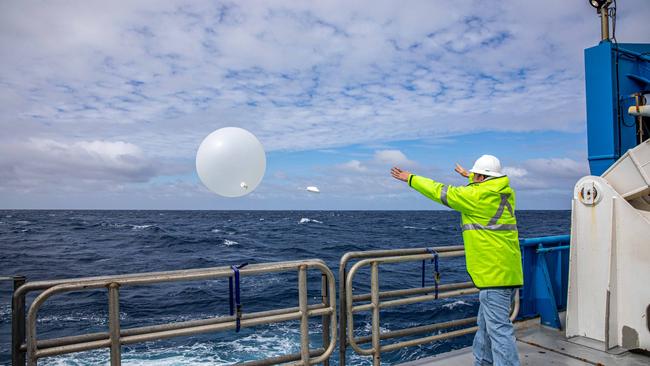
Tasmania
Don't miss out on the headlines from Tasmania. Followed categories will be added to My News.
The team on-board CSIRO research vessel Investigator has collected its most comprehensive data sets from the Southern Ocean, during its longest voyage yet.
After a 60-day journey that set out from Hobart in early January, the MISO voyage – Multidisciplinary Investigations of the Southern Ocean – has collected data which will provide clues about drivers of climate pattern in the Southern Ocean.
“The work reveals how microbes in the ocean control the brightness of clouds in the sky, how melting of the Antarctic Ice Sheet is altering deep ocean currents that extend around the planet, and how much iron is available to support growth of marine plants,” co-chief scientist Dr Steve Rintoul said.
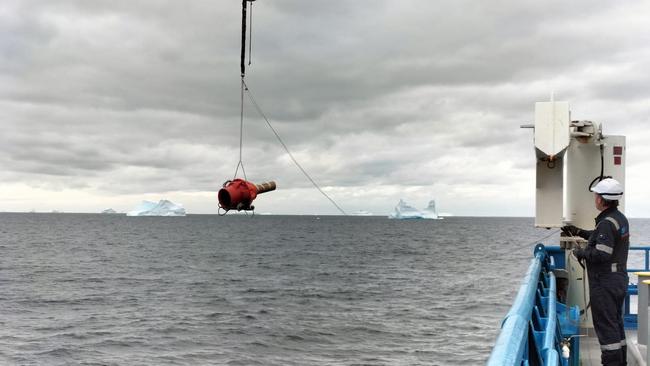
“This critical research into physics, biology and chemistry provides new insights to how the ocean, atmosphere, ice and marine life are interconnected and how these interactions regulate climate.”
Led by the University of Tasmania’s Australian Antarctic Program Partnership and CSIRO, 39 scientists and 20 crew tracked 12,000km south of Hobart, west along the Antarctic ice edge and back north, where they arrived in Fremantle Tuesday.
“At our pre-planned sampling stations, we collected 100 vertical profiles of ocean properties by lowering and raising equipment which travelled about 700,000m through the water – at one metre a second,” RV Investigator co-chief scientist Dr Annie Foppert said.
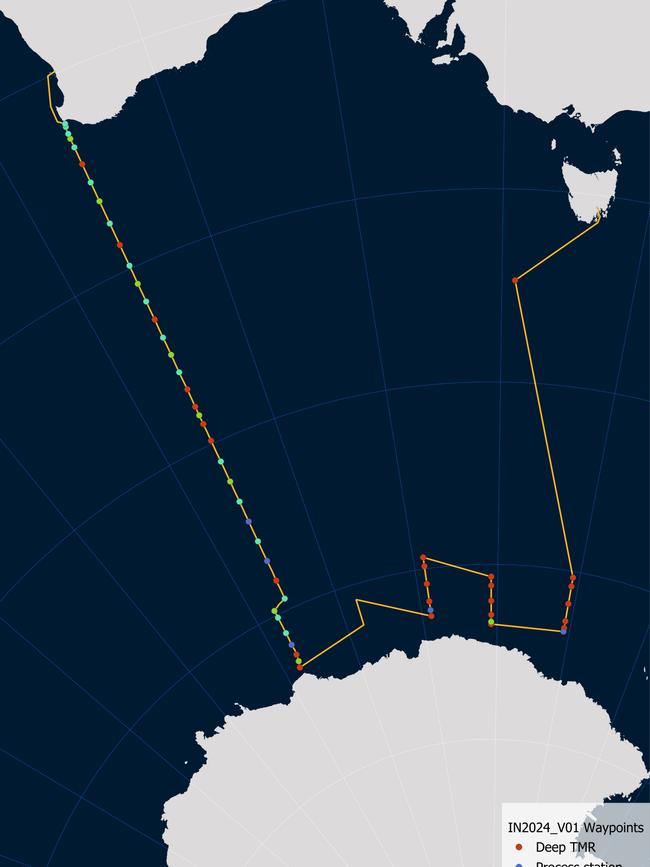
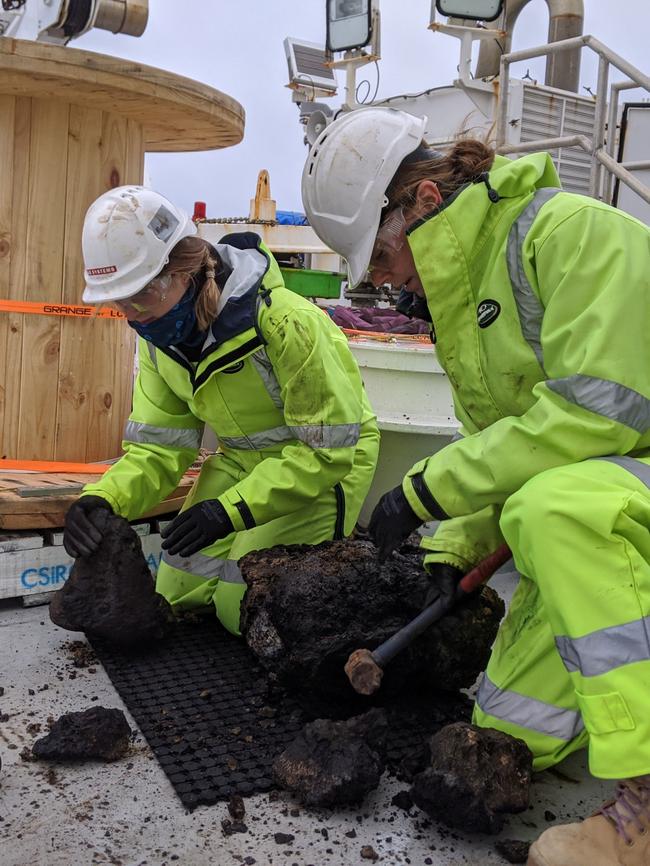
“We deployed 22 robotic floats, 12 sampling the full depth of the ocean and 10 with extra sensors to sample the biogeochemistry of the upper 2000m, that continue to track how the deep ocean is changing.
“For me, it’s super exciting to see data in real time as we collect it – like the ocean continuing to store carbon dioxide from the atmosphere, or the concentrations of cloud-seeding particles changing as winds shift direction – and bring it all home to piece the whole story together.”
Dr Rintoul said understanding the Southern Ocean better is essential to anticipating the effects of a changing climate in the future.
“By providing the foundation for more skilful weather and climate projections for Australia and the rest of the globe, the MISO voyage will help decision-makers in government, industry and the community make tough decisions based on the best possible science,” he said.



